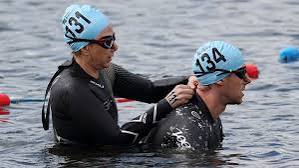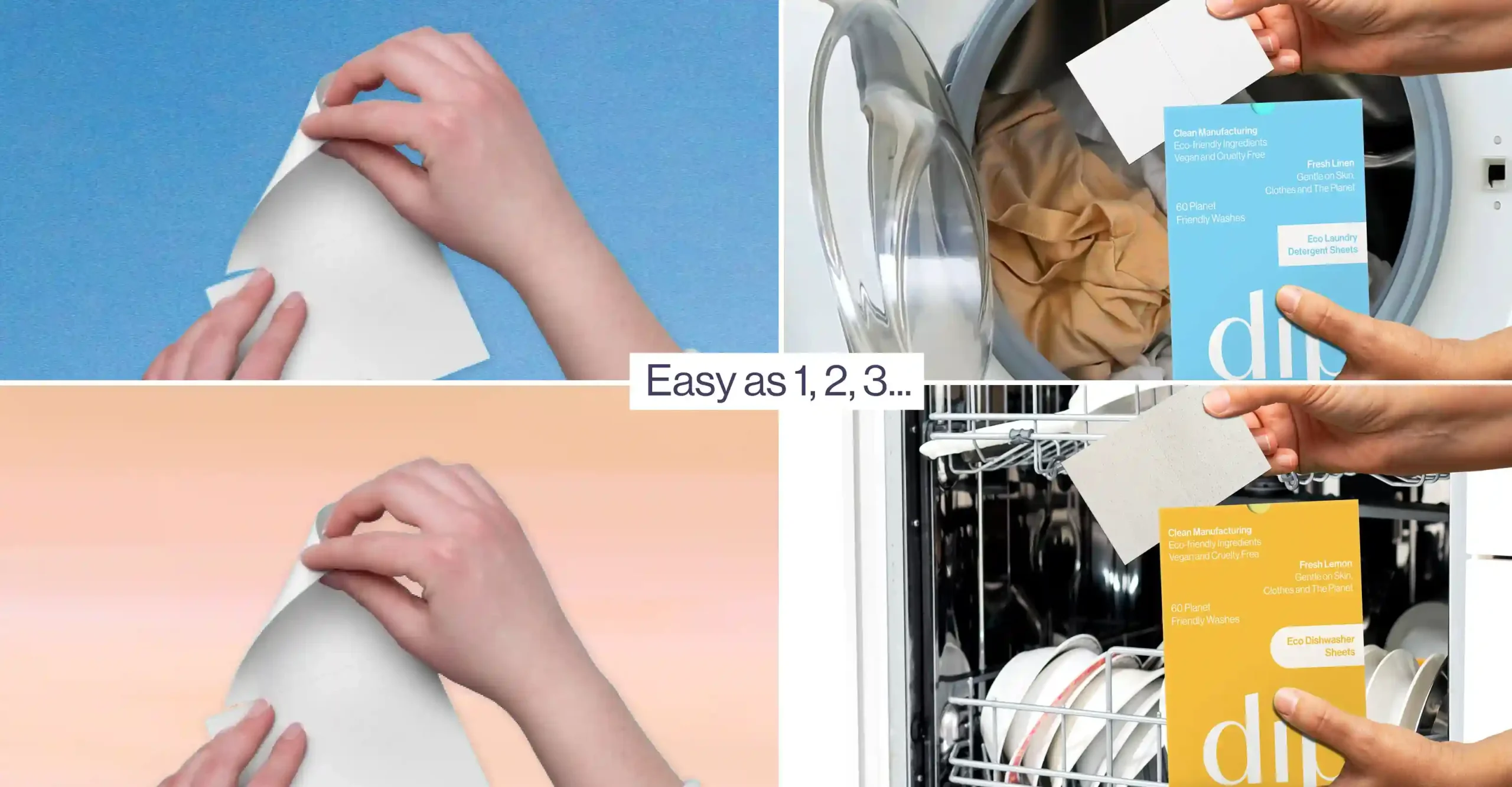Choosing the right wetsuit can significantly impact your swimming experience, enhancing both comfort and performance. Whether you’re a seasoned swimmer or just starting, selecting the ideal wetsuit involves understanding several key factors. This guide will help you navigate the process and find the perfect wetsuit for your needs.
Understanding Wetsuit Basics
A wetsuit is designed to provide thermal insulation, buoyancy, and protection while swimming. It works by trapping a thin layer of water between the suit and your skin, which is warmed by your body heat. Wetsuits come in various styles, including full suits, sleeveless, and spring suits, each tailored to different swimming conditions and preferences.
Factors to Consider When Choosing a Wetsuit
Water Temperature
The thickness of a wetsuit determines its suitability for various water temperatures. For colder waters, thicker suits (5mm) offer more insulation, while thinner suits (2mm-3mm) are ideal for warmer waters. Assess the water temperatures you’ll be swimming in to choose the appropriate thickness.
Fit and Size
A proper fit is crucial for a wetsuit to function effectively. It should be snug but not restrict movement. To find the right size, measure yourself according to the manufacturer’s size chart and try on different options if possible. A well-fitting wetsuit will prevent water from entering and ensure maximum comfort.
Material
Most wetsuits are made from neoprene, known for its flexibility and insulation properties. Look for high-quality neoprene that offers a good balance between flexibility, buoyancy, and durability. Features like high-stretch panels can enhance movement and comfort.
Swimming Style
Different wetsuits cater to various swimming styles. For instance, full-sleeve wetsuits provide more warmth and are suitable for cold water swimming, while sleeveless options offer more freedom of movement, making them ideal for warmer conditions. Choose a suit that complements your swimming style and preferences.
Features
Consider additional features that enhance your wetsuit’s performance. Sealed seams prevent water entry, while water-resistant zippers reduce drag. Reinforced panels can provide extra durability, especially in high-wear areas.
Wetsuit Styles and Their Uses
Full-Sleeve Wetsuits
Full-sleeve wetsuits are designed for cold water swimming. They offer maximum insulation and help maintain body temperature in cooler conditions.
Sleeveless Wetsuits
Sleeveless wetsuits are ideal for warmer water conditions or for those who need more arm mobility. They provide less insulation but more freedom of movement.
Spring Suits
Spring suits, which typically feature short sleeves and legs, are great for mild temperatures and beach swims. They offer a balance of warmth and mobility.
Try Before You Buy
Whenever possible, try on wetsuits before purchasing. Testing different options will help you assess fit, comfort, and flexibility. Check return policies to ensure you can exchange or return the wetsuit if it doesn’t meet your needs.
Maintenance and Care
To prolong the lifespan of your wetsuit, rinse it with fresh water after each use and avoid prolonged exposure to direct sunlight. Store it in a cool, dry place, and follow the manufacturer’s care instructions to keep it in optimal condition.
Top Brands and Recommendations
For high-quality swimming wetsuits, check out various reputable brands and models. Many options are available to suit different needs and budgets. Explore a wide range of swimming wetsuits Australia to find the perfect fit for your swimming adventures.
Conclusion
Choosing the right wetsuit involves considering factors such as water temperature, fit, material, and features. By understanding your needs and trying on different options, you can find a wetsuit that enhances your swimming experience. Explore available options and enjoy your time in the water with the perfect wetsuit.
Keep an eye for more news & updates on TribuneBreaking!







